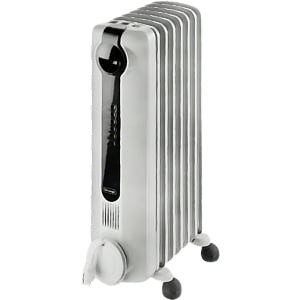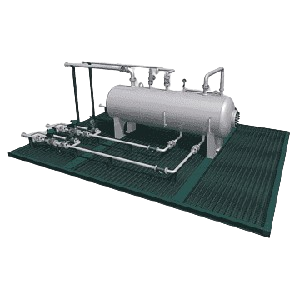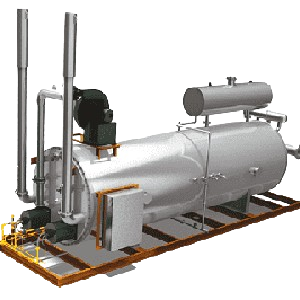Oil And Gas Heater
In the oil and gas sector, thermal fluid heaters are frequently used to heat crude oil in order to lower its viscosity and facilitate pumping and transportation.
Additionally, these heaters help with process heating applications including amine or glycol reboilers, regeneration gas heating, and dew point heating.



Previous
Next
Advantages of Using Oil And Gas Heater
Minimal Upkeep and Easy Operation:
Thermal fluid heaters need little upkeep and are simple to use.
Lower Energy Consumption: By eliminating heat loss from feedwater preheating, the collapse, and steam traps, thermal fluid heaters can use up to 20% less energy than steam heaters.
lower Emissions: Because of their improved thermal efficiency, these heaters also produce lower overall exhaust emissions.
Improved Safety: Facility staff are not at risk of a pressure-related explosion while using thermal fluid heaters since they run at lower pressures than steam boilers.
Oil And Gas Heaters are pocket-friendly
Thermal fluid heaters are an economical option for the gas and oil sector. Thermal fluid systems provide greater long-term cost benefits in the form of lower total operating expenditures and less maintenance than steam systems do.
Why to choose an Oil And Gas Heater?
Economical: Compared to electricity or natural gas, Oilheat’s annual heating expenses are continuously cheaper.
Cozy and Warmer: An oil heat flame heats your house and water more quickly than any other heating source has ever been able to, burning 300 degrees hotter than natural gas.
Why choose us?
Get through the wholesome experience of heating solutions with us. We promise to bring ease into your life with our best Oil and Gas heaters.
We ensure that you get the best service possible so don’t think and provide yourself the best heating solution with us.
Application
- Liquids like water
- Fuel
- Oil
- Steam
- Nitrogen
- Methane hydrogen
- Maximum power: 5MW
- tension up to 3x690V
- flange designation up to 20″ (DN500)
- insertion lengths 350-3000 mm
- pressure up to PN100 (standard PN16)
- maximum pressure 200 bar
Primary– Preventing the explosive atmosphere trough keeping out the flammable substances and/or oxygen.
Secondary– Eliminating the ignition sources (special housing, make it intrinsically safe).
Tertiary– In extreme cases, controlled explosions should be allowed, and the effects should be limited through explosion resistant construction